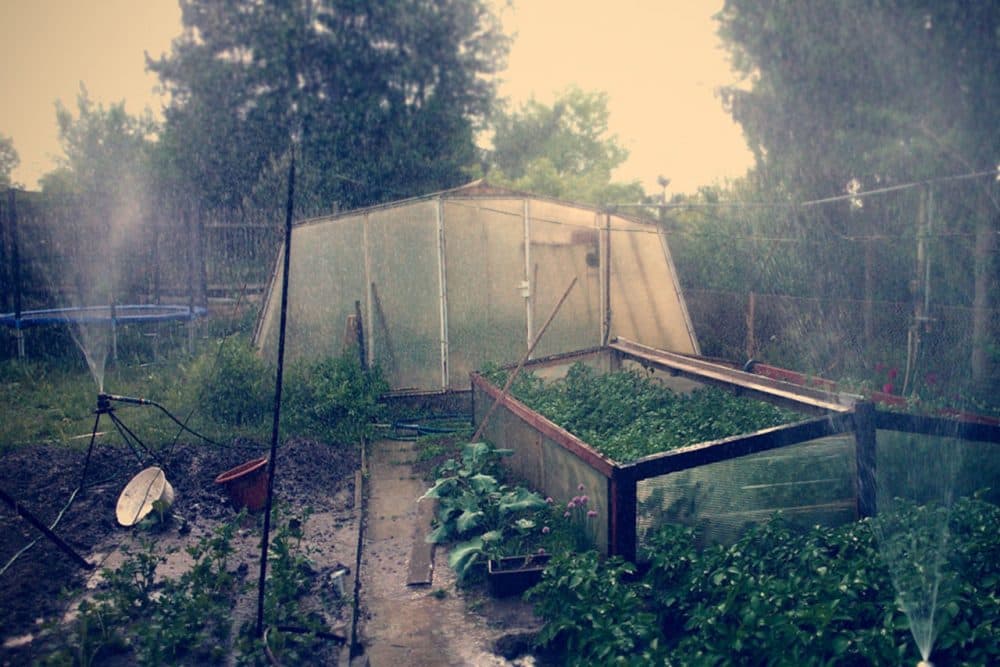Advertisement
How To Get Started On Seed-Saving

Gardening is a full circle endeavor. In truth (although we may purposefully interrupt our plants at the most delicious moment in their life-cycles) there is no discernible beginning or end to a garden. This is all the more evident when seed saving is practiced.
Where to start?
The best way to start is to choose some plants to let go to seed. Give them a little extra space, room to breathe, and just enjoy learning more about them by watching how they flower, fruit and set seed. The plants themselves will teach you much of what you need to know.
Digging deeper
Once you've become familiar with the many stages of a plants life, it's time to dig deeper into the needs of each plant family. Wet seeds (seeds encased in a fruit like tomatoes and squash) and dry seeds (seeds in pods like peas and beans) require different skills around managing potential cross-pollination, making sure there enough diversity in the population, as well as harvesting, cleaning, and drying before storage.
Resources:
Join our educational Seed Library program online, sign up for our seed saver's newsletter, get a copy of one of our recommended seed saving books, and check other seed saving resources like Seed School and the Organic Seed Alliance to learn more.
By saving seeds in our gardens, we become part of the full circle of a plant's life, from seed to seed.
Stay Seedy!
-- Ken Greene